Household pests are a common nuisance that affect many homes, regardless of their age, location, or cleanliness. Whether its ants marching across your kitchen counter or mice scurrying in the attic, these unwelcome guests can cause significant discomfort and damage. Beyond the annoyance, pests can pose health risks and compromise the structural integrity of your home.
Addressing these problems promptly is crucial. Ignoring the early signs of an infestation can lead to larger issues down the road, making eradication more difficult and costly. Quick action not only helps to minimise damage but also ensures a healthier living environment for you and your family.
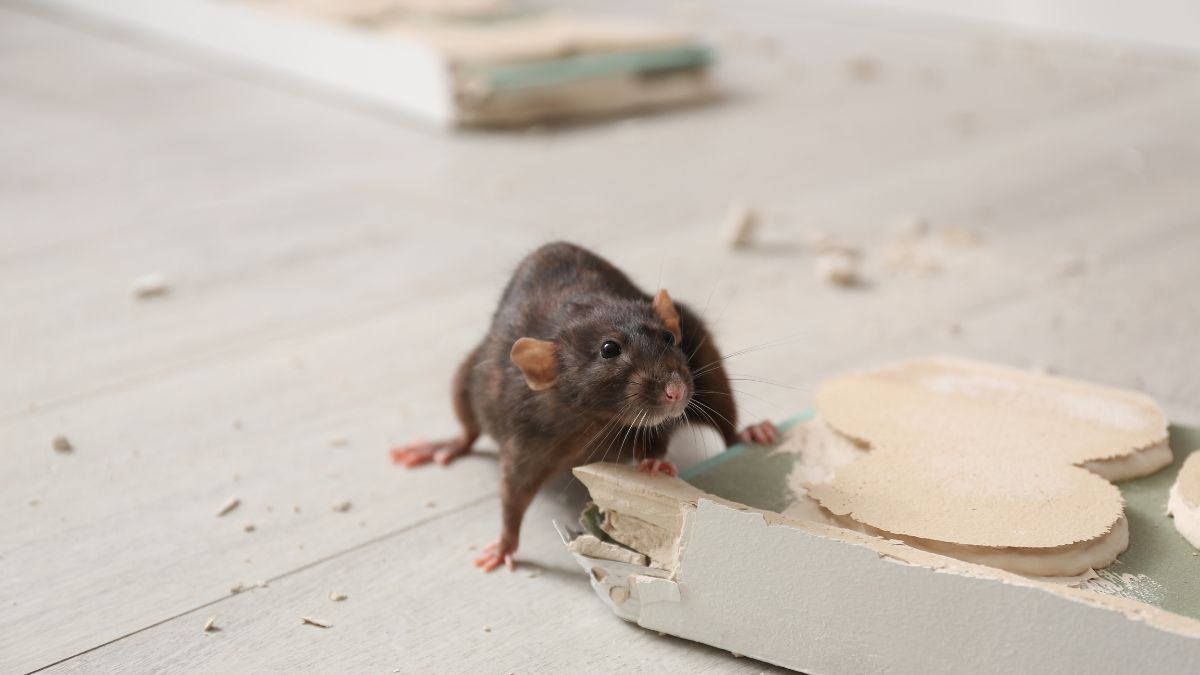
As a local handyman, I’ve been asked on several occasions what to do about a number of different pests around the home. You can tackle many of these issues yourselves but for large infestations it’s worth speaking to a professional pest control company. However, before calling in the professionals there are a number of different techniques used to tackle certain pests. Here are a few common pests and starting points for undertaking smaller problems.
Identifying Common Household Pests
Here are some of the most common pests I’ve been asked about or have had to tackle myself at some point in my life.
- Ants
- Cockroaches
- Rodents (mice and rats)
- Woodworm
- Flies
- Dust Mites
- Bed Bugs
Signs, Symptoms and Treatment Suggestions for Infestations
Below I’ve listed the most common pests found in UK households. There are many more but I’ve not personally encountered them and cannot offer the best advise. Hopefully you can find an answer to your infestation below.
Ants
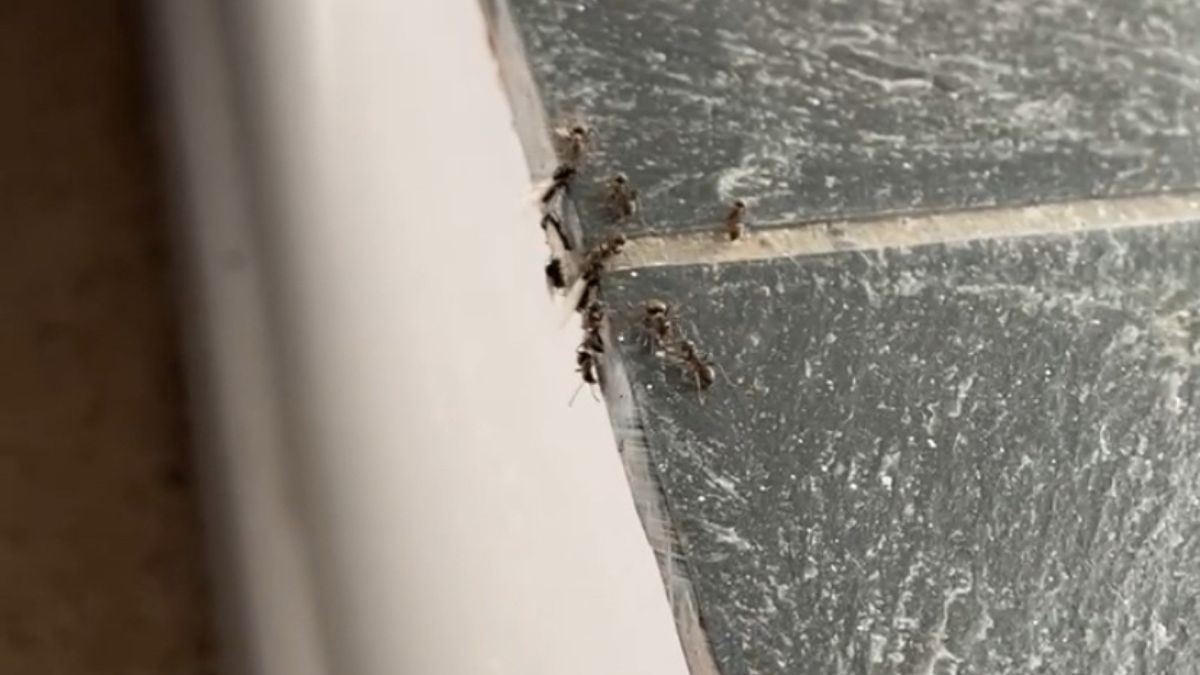
Formicidae family members, ants are social insects known for forming colonies. While generally harmless, some species, like carpenter ants, can cause structural damage. Ants can become a nuisance when they invade homes in search of food, often forming visible trails leading to food sources.
- Signs: Trails of ants, especially in the kitchen or pantry; small piles of dirt or sand indicating nesting sites.
- Symptoms: Finding ants in food containers, on countertops, or inside cabinets.
Treatment Suggestions
- Seal Entry Points: Identify and seal cracks and gaps in walls, windows, and doors to prevent ants from entering your home.
- Bait and Trap: Use ant baits to attract and kill worker ants, which will carry the poison back to the colony, effectively targeting the nest.
- Natural Repellents: Apply natural deterrents like vinegar, lemon juice, or essential oils (e.g., peppermint, tea tree) along ant trails and entry points.
Cockroaches
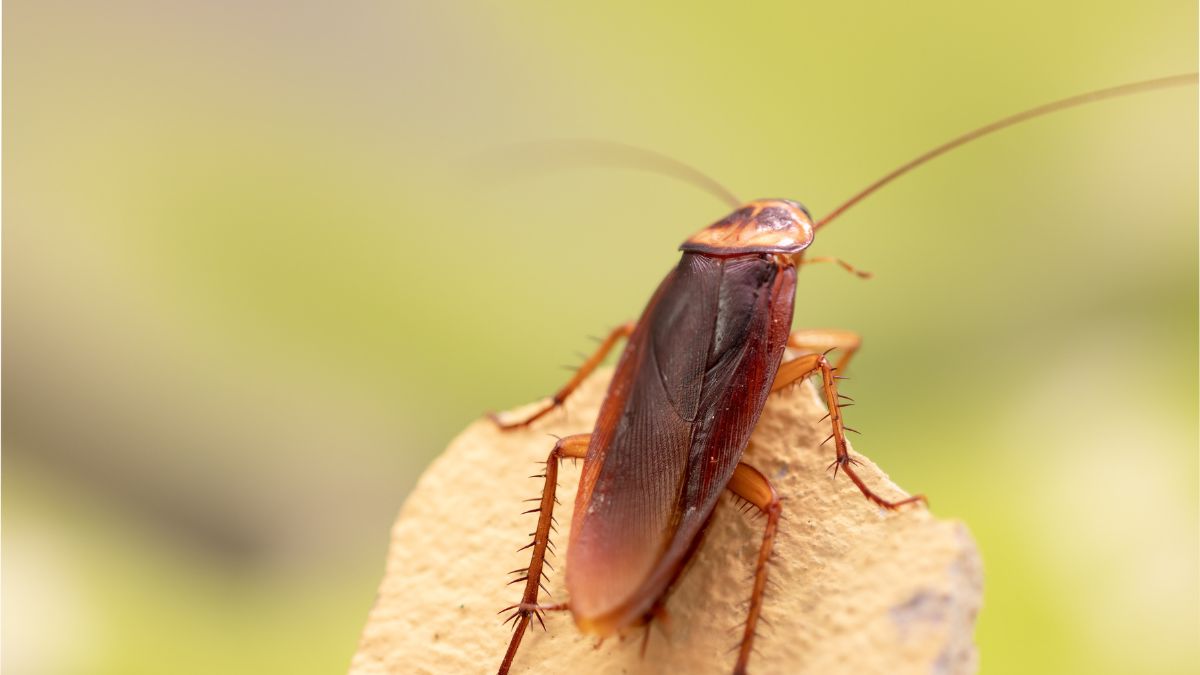
Belonging to the Blattodea order, cockroaches are resilient insects that thrive in various environments. Common species include the German, American, and Oriental cockroach. They are notorious for spreading bacteria and allergens, making them a significant health concern in homes.
- Signs: Droppings that resemble coffee grounds or black pepper; shed skins; egg cases (oothecae) found in hidden areas.
- Symptoms: Musty odour; sightings of cockroaches scurrying when lights are turned on.
Treatment Suggestions
- Maintain Cleanliness: Regularly clean your home, especially kitchen areas, to remove food sources and hiding places for cockroaches.
- Use Gel Baits and Traps: Place gel baits and sticky traps in areas where cockroaches are commonly seen to reduce their population.
- Insecticide Sprays: Apply insecticide sprays to cracks, crevices, and other hiding spots to kill cockroaches on contact and prevent reinfestation.
Rodents (Mice and Rats)
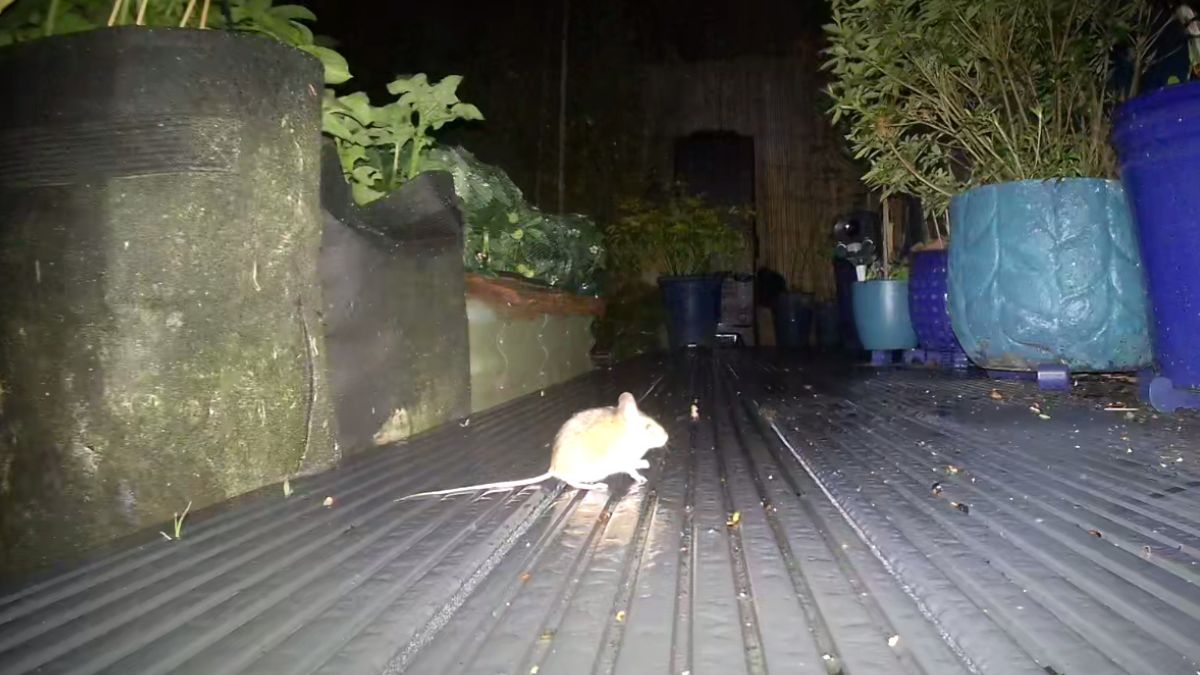
Rodents are mammals from the Muridae family, including species like the house mouse and Norway rat. Known for their gnawing habits, they can cause extensive damage to structures and food supplies. Rodents are also vectors for numerous diseases, posing serious health risks.
- Signs: Droppings near food sources, nesting materials like shredded paper or fabric, gnaw marks on furniture or walls.
- Symptoms: Scratching or scampering sounds in walls or ceilings; sightings of live or dead rodents.
Treatment Suggestions
- Seal Entry Points: Block any holes, cracks, or gaps larger than a quarter-inch to prevent rodents from entering your home.
- Set Traps: Use snap traps, glue traps, or live traps strategically placed along walls and in areas with signs of rodent activity.
- Bait Stations: Deploy bait stations with rodenticides to reduce rodent populations, but ensure they are placed out of reach of children and pets.
Woodworm
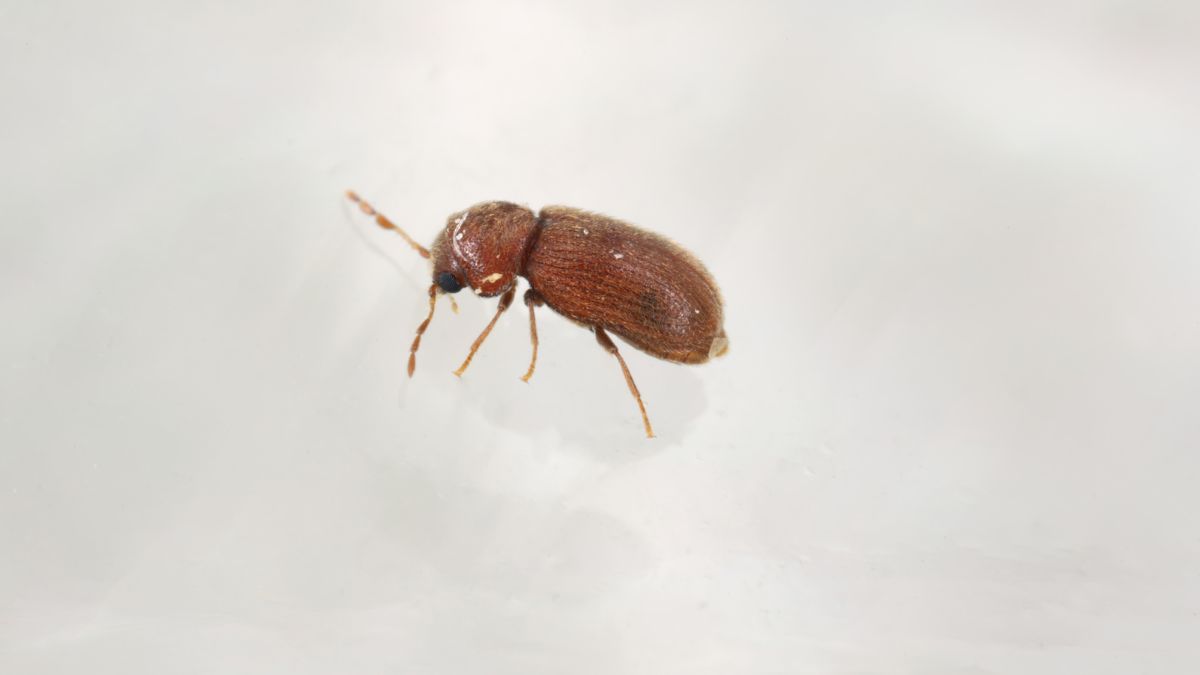
Woodworm refers to the larvae of various wood-boring beetles, with the most common being the common furniture beetle (Anobium punctatum). These larvae tunnel through wood, causing structural damage over time. Signs of infestation include small exit holes and fine wood dust.
- Signs: Small, round exit holes in wooden furniture, beams, or flooring; fine, powdery wood dust (frass) around holes.
- Symptoms: Weakened wood that crumbles easily; visible tunnels in the wood when cut open; adult beetles emerging from the wood.
Treatment Suggestions
- Treat Infected Wood: Apply insecticidal treatments specifically designed for wood-boring beetles to affected areas to kill larvae and prevent further damage.
- Replace Damaged Wood: Remove and replace severely damaged wooden structures to maintain structural integrity.
- Maintain Low Humidity: Keep indoor humidity levels low to make the environment less conducive to woodworm larvae.
Flies

Flies belong to the Diptera order and include various species like house flies and fruit flies. They are often associated with decaying organic matter and can be vectors for diseases. Flies are a common nuisance in homes, particularly in areas with poor sanitation.
- Signs: Presence of adult flies buzzing around windows, doors, or garbage; maggots (fly larvae) in decaying organic matter.
- Symptoms: Increased fly activity indoors; contamination of food and surfaces with fly spots (tiny dark spots of fly waste).
Treatment Suggestions
- Eliminate Breeding Sites: Remove decaying organic matter, garbage, and standing water where flies can breed.
- Use Fly Traps: Install UV light traps, sticky traps, or baited traps to capture and reduce fly populations.
- Insecticide Sprays: Apply residual insecticide sprays in areas where flies rest and breed to reduce their numbers.
Dust Mites

Dust mites are microscopic arachnids from the Pyroglyphidae family. They thrive in warm, humid environments and feed on skin flakes. While invisible to the naked eye, they are a major cause of allergies and asthma, particularly in bedrooms.
- Signs: Invisible to the naked eye, but evidence can include fine dust on surfaces, increased dust in the home.
- Symptoms: Allergic reactions such as sneezing, runny nose, itchy eyes, or asthma symptoms; exacerbation of eczema or other skin conditions.
Treatment Suggestions
- Reduce Humidity: Use dehumidifiers and air conditioners to maintain low indoor humidity levels, which inhibit dust mite growth.
- Regular Cleaning: Vacuum carpets, rugs, and upholstered furniture frequently using a vacuum with a HEPA filter to remove dust and mites.
- Hypoallergenic Bedding: Use allergen-proof mattress and pillow covers, and wash bedding in hot water weekly to kill dust mites.
Bedbugs
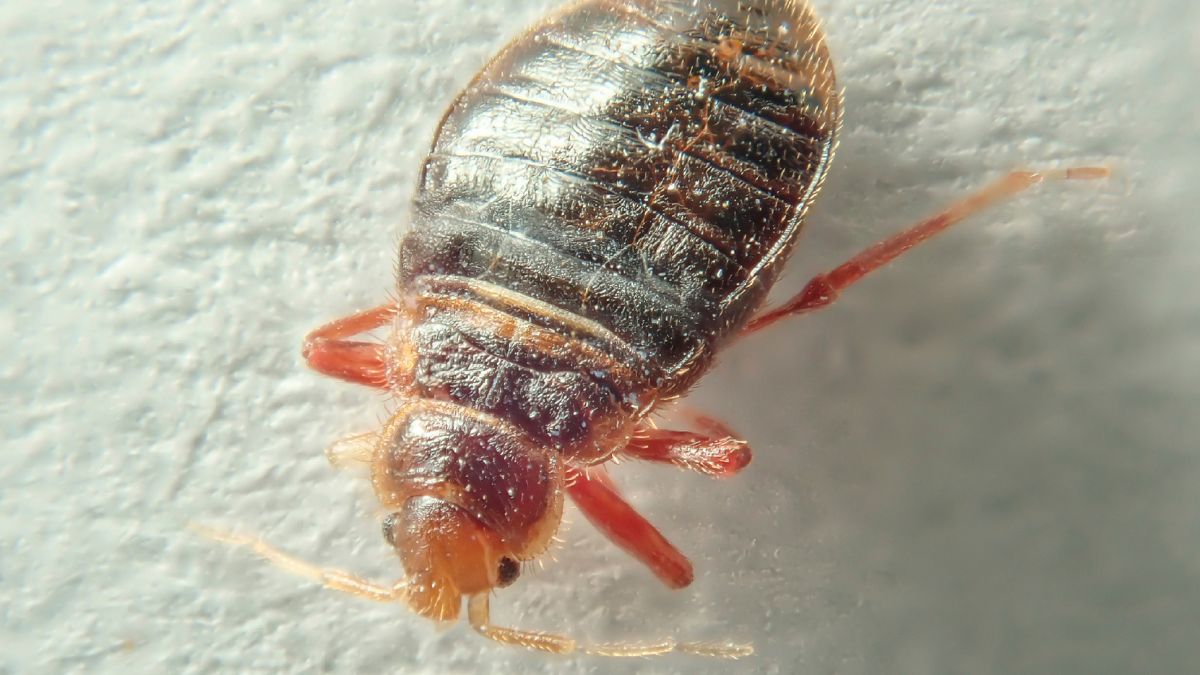
Cimex lectularius, a species of the Cimicidae family, primarily feeds on human blood. Known as one of the world’s major nuisance pests, bedbugs can cause discomfort through their bites but are not proven to transmit diseases to humans despite being infected with various pathogens.
- Signs: Small, reddish-brown bugs or their shed skins in mattress seams, box springs, or headboards; tiny blood stains on sheets or pillowcases.
- Symptoms: Itchy red bites, often in a line or cluster, usually on exposed skin during sleep; musty odor near the bed.
Treatment Suggestions
- Heat Treatment: Use professional heat treatments to raise the temperature in infested areas to levels that are lethal to bedbugs.
- Chemical Treatments: Apply insecticides specifically designed for bedbugs to affected areas, including mattresses, box springs, and furniture.
- Vacuuming and Steaming: Regularly vacuum and steam-clean infested areas to remove bedbugs and their eggs, ensuring you empty the vacuum bag or canister immediately afterward.
Conclusion
Household pests, from ants in the kitchen to mice in the attic, can cause significant discomfort, damage, and health risks. Prompt action is essential to minimize these issues and maintain a healthy living environment.
Addressing pest problems quickly prevents them from escalating into larger, more costly issues. While many pest problems can be managed with DIY solutions, severe infestations often require professional pest control services.
As a local handyman, I’ve dealt with various pests and often provide advice on managing them. Knowing the signs, symptoms, and initial treatment strategies for common pests—such as ants, cockroaches, rodents, woodworm, flies, dust mites, and bedbugs—can help you effectively tackle smaller infestations.
By following the outlined tips and techniques, you can protect your home and health, ensuring a pest-free and comfortable living space.





